How Microsoft can revive Windows Phone
Despite writing down its Nokia acquisition Microsoft isn't done with Windows Mobile yet
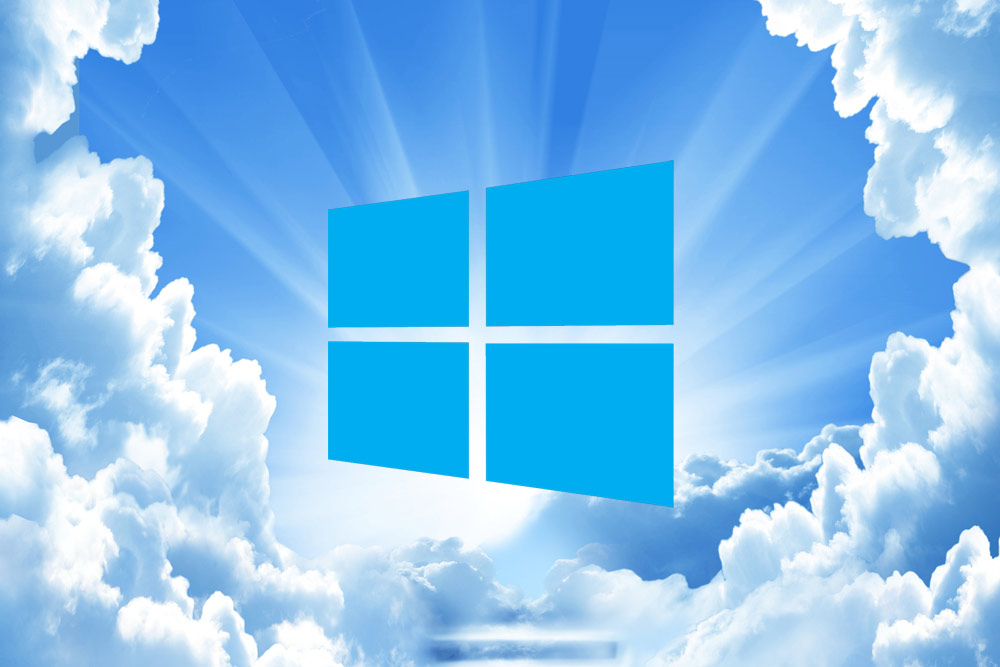

Microsoft has just announced another huge round of 7,800 lay-offs centred on its smartphone arm, along with a 4.9 billion writedown of its 2014 Nokia acquisition.
Following the acquisition, Microsoft's smartphone arm has gone from bad to worse, with poor sales and low market penetration compared to rivals Apple and Google.
Many have been interpreting the recent announcements as the death-knell for Windows Mobile, with Wired dubbing them "a letter of surrender".
It might not all be doom and gloom, however - in fact, this could prove to be the turning point that sees Microsoft become a genuine player in the mobile space.
Let's address this now, and get it out of the way: in addition to the 18,000 cuts announced last year, which mostly affect staff acquired from Nokia, the recent lay-offs mean a staggering 25,800 Microsoft employees will soon be out of a job.
That's a terrible tragedy for the people involved, and should not be dismissed lightly. Even if Microsoft makes good on its promise of "job transition help", there will doubtless be thousands of people now unemployed.
Having said that, this is an incredibly smart decision from a business perspective. The fact that that many employees exist within Microsoft's mobile hardware arm suggests the division is somewhat overweight - Apple, by comparison, had 98,000 employees intotal in 2014.
Get the ITPro daily newsletter
Sign up today and you will receive a free copy of our Future Focus 2025 report - the leading guidance on AI, cybersecurity and other IT challenges as per 700+ senior executives
Microsoft Lumia
Redmond's smartphone hardware doesn't fare much better - the tech firm has a problem with its phones, and it's not the Windows Phone OS. Admittedly, the app selection is underwhelming compared to competitors, but it's getting better, and the rest of the OS is actually pretty good.
No, the principal problem for Windows Phone is the sheer size of its product line. The Microsoft Store currently has 17 different Lumia models available for sale, spanning an array of sizes and specification.
It's far too much, as Microsoft is no doubt painfully aware by this point. It's a case of throwing as many products as possible at the wall, and hoping something will stick a poor tactic, and one that's usually only reserved for the bottom-tier budget manufacturers.
Instead, Microsoft should be looking to the major players in the mobile world for inspiration. Apple is, obviously, the key example here, but the trend can be seen across companies like Samsung and LG as well.
The most successful mobile companies, rather than peppering the market with near-identical looking products, streamline their portfolios by producing a couple of high-quality flagship lines.
For instance, Samsung's Galaxy line may have a sister line of phones inthe Note range, but the two are clearly separated, and it's evident which has received the most attention.
In contrast, Microsoft has Lumia models that could fit into both the flagship and the budget camps, and the devices are differentiated by little more than specs.
A leaner, meaner mobile mindset
Thankfully, it appears that Microsoft has finally seen the error of its ways. In his email to employees announcing the job cuts, CEO Satya Nadella said that the company plan to run "a more effective and focused phone portfolio", the start of which is to drastically reduce the mobile division's size and scope.
Limiting their efforts to three customer segments, the company plans to "bring business customers the best management, security and productivity experiences they need; value phone buyers the communications services they want; and Windows fans the flagship devices they'll love".
By the sound of it, what this means is that Microsoft will produce fewer Lumia models, but the ones they do produce will be much more closely targeted. Hopefully, the Lumia brand identity will also be whipped into shape Nadella's promise of "flagship devices" raises the prospect of a Surface Phone.
If Microsoft did choose to adopt the design of the Surface range which are fantastically premium-looking devices it could clearly delineate its flagship smartphones from its budget range, and greatly streamline its portfolio in the process.
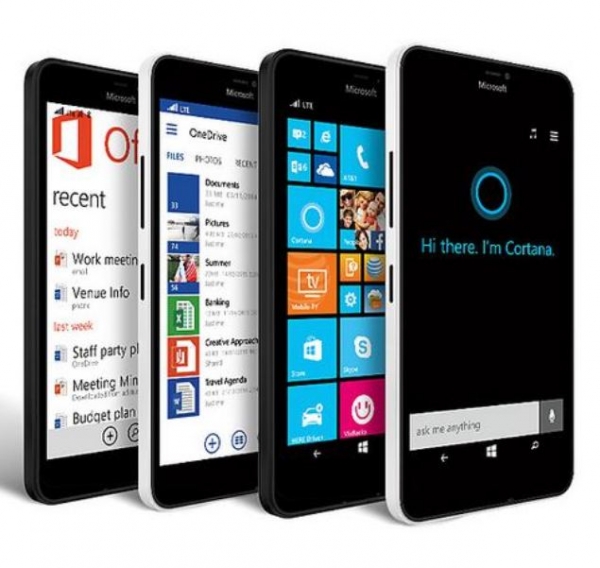
Photo: Microsoft
This could be on the cards, as leaked images of the forthcoming Lumia 940, posted by TechTimes,suggest an all-metal body for the first time. If these images prove accurate, it will be a significant step up in build quality for Microsoft's phones, and one that may put them on a par with Android and iOS flagships.
Windows 10 for Phones
Another key weapon in Microsoft's arsenal is Windows 10, and this is the main reason why we haven't seen the last of Windows Phone.
Microsoft has put vast amounts of effort into building its cross-platform capabilities, the lynchpin of which is Windows 10. Designed to be a completely cross-platform OS, Microsoft wants you to use Windows 10 on your PC, tablet, and, crucially, phone.
Windows 10 has a bunch of features built-in that integrate mobile and desktop like never before, much the same as Google and Apple have been doing. The idea is that pretty much anything you can do on your PC, you can do on your phone, and vice versa.
Thanks to Nadella's mantra of mobile first, cloud first', all your files, data and contacts will be available across all platforms, and this integration looks set to be a big part of the Windows 10 experience.
While Microsoft has announced that Android and iOS will be supported for some of these features, users won't quite get the full package unless they're on Windows Phone.
As such, it makes no sense for the company to abandon a platform that's going to be such a key part of its strategy going forward.
The future
These new job cuts, then, signal the start of a transformation that will see Microsoft stop releasing four or five smartphones per year, and instead focus on two or three clearly-defined product lines.
The Windows Mobile OS is set to improve exponentially with the advent of Windows 10, and if Microsoft can couple that with a cohesive, focused hardware strategy that concentrates on a few key products, they could become a serious contender and turn the mobile market back into a genuine three-horse race.
Adam Shepherd has been a technology journalist since 2015, covering everything from cloud storage and security, to smartphones and servers. Over the course of his career, he’s seen the spread of 5G, the growing ubiquity of wireless devices, and the start of the connected revolution. He’s also been to more trade shows and technology conferences than he cares to count.
Adam is an avid follower of the latest hardware innovations, and he is never happier than when tinkering with complex network configurations, or exploring a new Linux distro. He was also previously a co-host on the ITPro Podcast, where he was often found ranting about his love of strange gadgets, his disdain for Windows Mobile, and everything in between.
You can find Adam tweeting about enterprise technology (or more often bad jokes) @AdamShepherUK.
-
 Should AI PCs be part of your next hardware refresh?
Should AI PCs be part of your next hardware refresh?AI PCs are fast becoming a business staple and a surefire way to future-proof your business
By Bobby Hellard Published
-
 Westcon-Comstor and Vectra AI launch brace of new channel initiatives
Westcon-Comstor and Vectra AI launch brace of new channel initiativesNews Westcon-Comstor and Vectra AI have announced the launch of two new channel growth initiatives focused on the managed security service provider (MSSP) space and AWS Marketplace.
By Daniel Todd Published
-
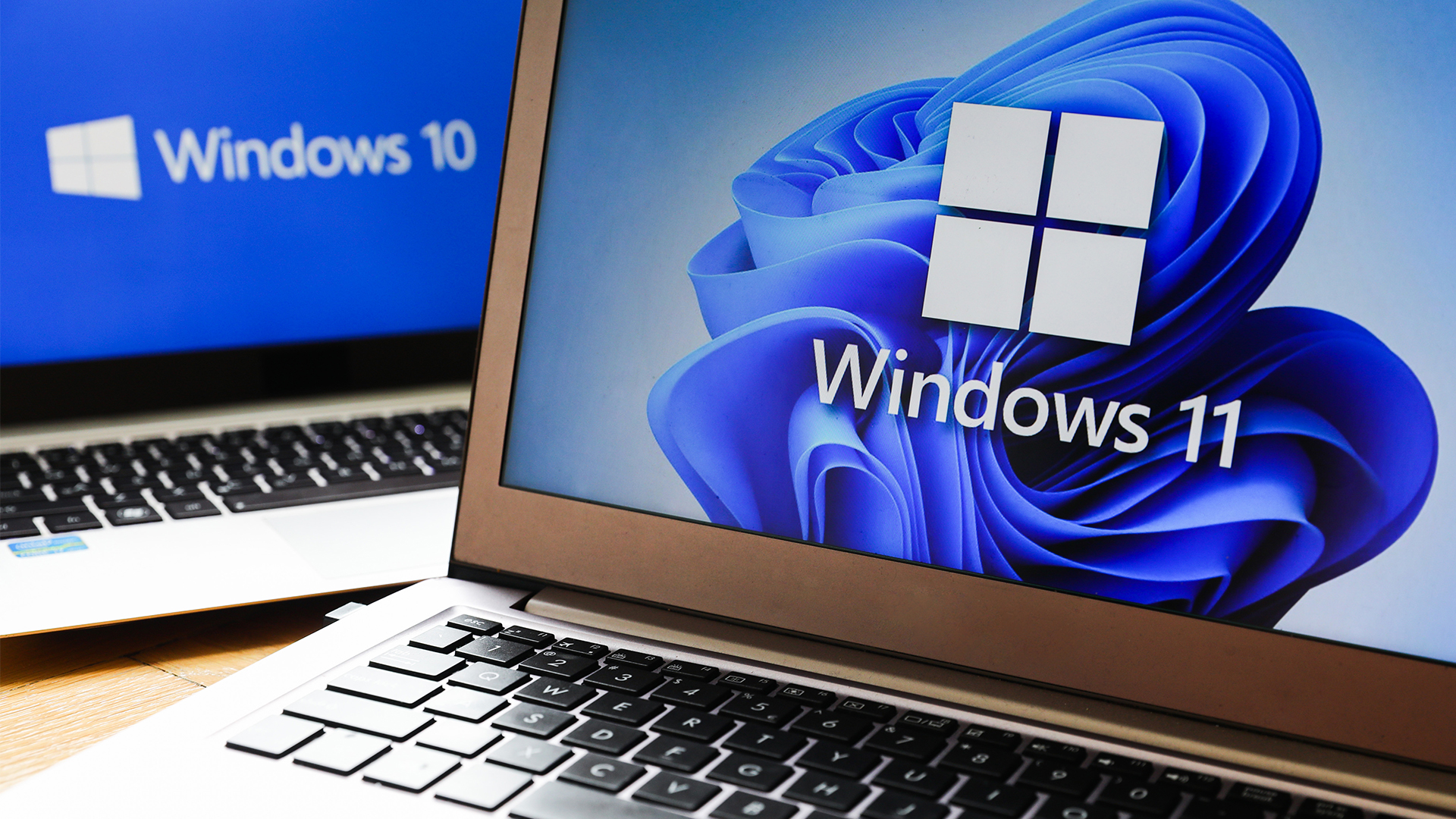 Microsoft refuses to back down on Windows 11 hardware requirements
Microsoft refuses to back down on Windows 11 hardware requirementsNews The tech giant says it'll keep hardware specifications for Windows 11
By Nicole Kobie Published
-
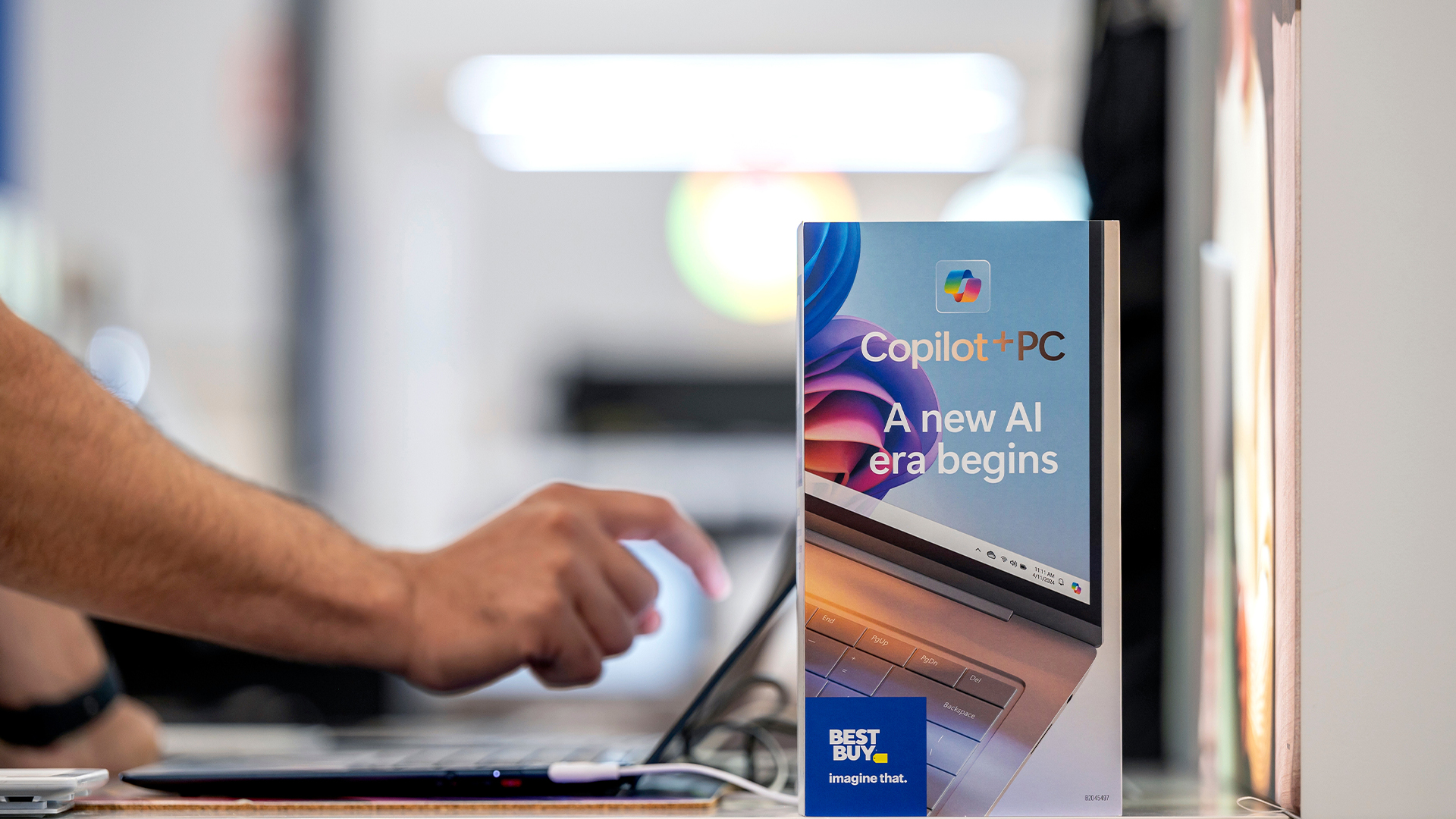 Why the world is about to be swamped with AI PCs
Why the world is about to be swamped with AI PCsNews With adoption rates set to surge, AI PCs will become far more mainstream in years to come
By Nicole Kobie Published
-
 Enterprise sustainability efforts mean pre-used hardware could be the key to reducing e-waste
Enterprise sustainability efforts mean pre-used hardware could be the key to reducing e-wasteNews While IT leaders want to see more second-hand device options, manufacturer practices could prevent widespread adoption over the next decade
By Ross Kelly Published
-
 Windows admins complain of Dell “bloatware” filling 95% of hard drives
Windows admins complain of Dell “bloatware” filling 95% of hard drivesNews Dell SupportAssist Remediation was blamed for disk allocation issues
By Rory Bathgate Published
-
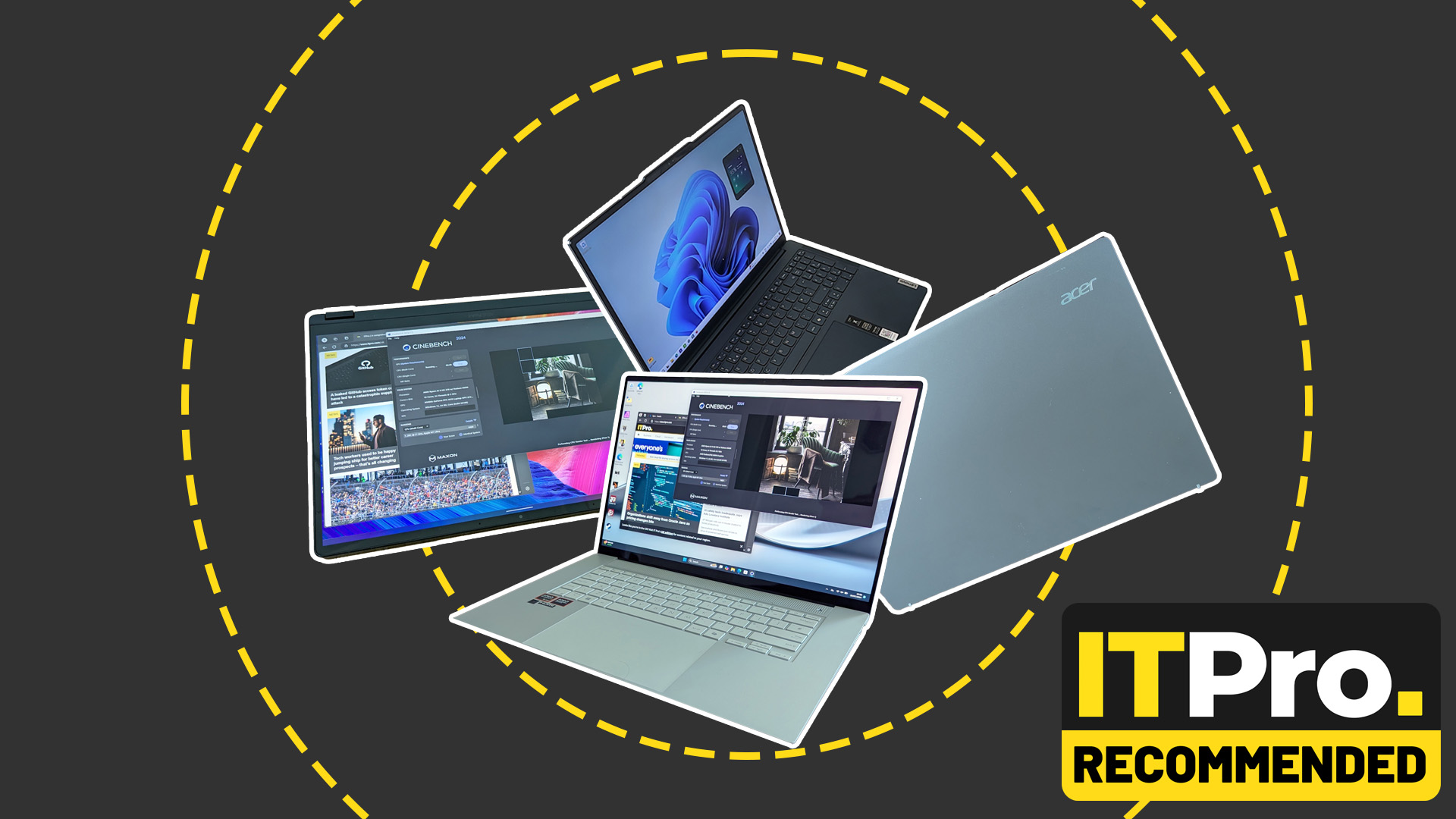 Best business laptops: Top business notebooks from Apple, Asus, Dell, and more
Best business laptops: Top business notebooks from Apple, Asus, Dell, and moreBest Looking for the best business laptops? Here’s our pick of the best machines around
By Alun Taylor Last updated
-
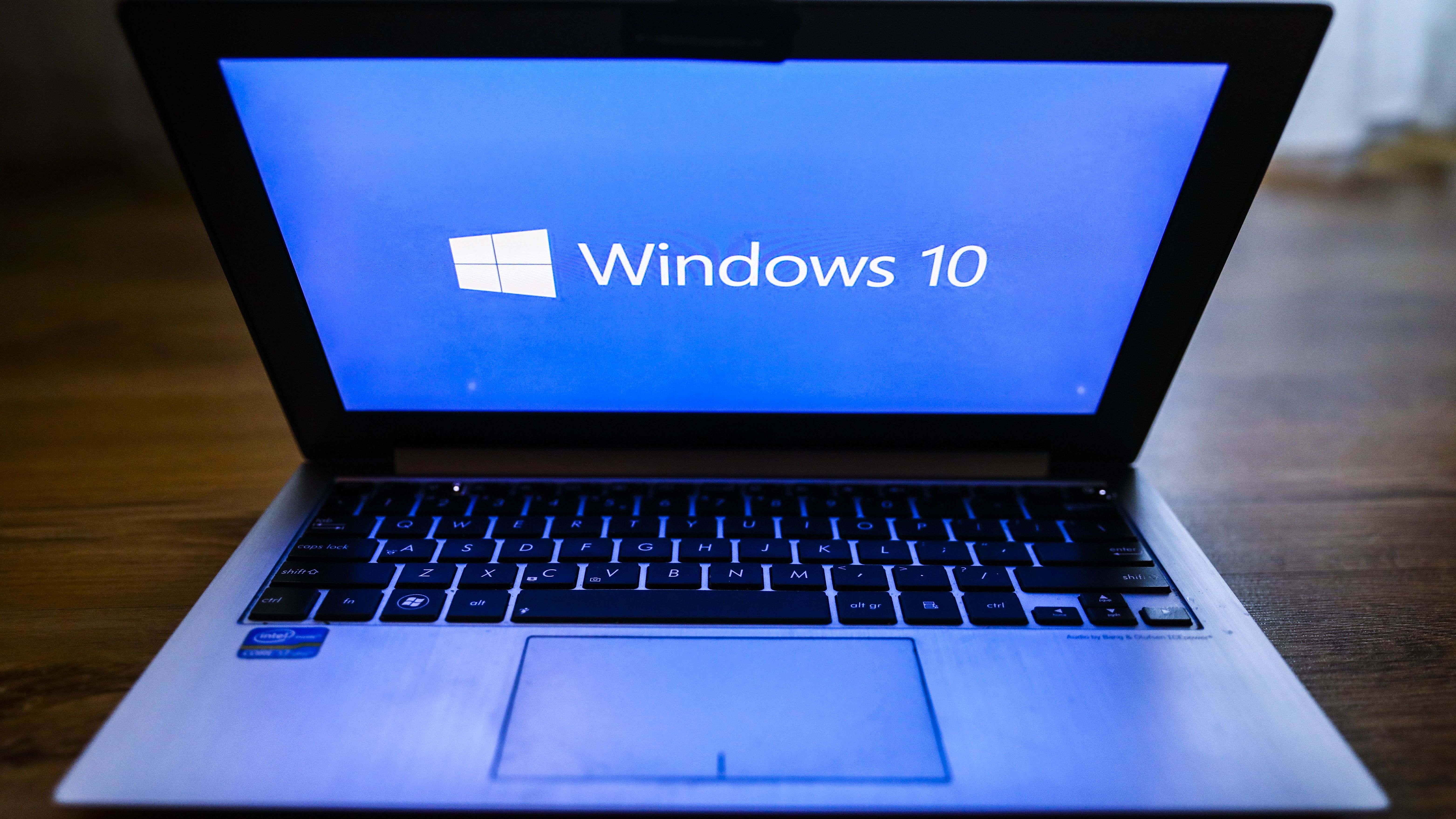 How to move Windows 10 from HDD to SSD
How to move Windows 10 from HDD to SSDTutorials Moving Windows 10 from an HDD to an SSD is one of the best ways to revive a sluggish system. Here are six simple steps to follow
By Clare Hopping Last updated
-
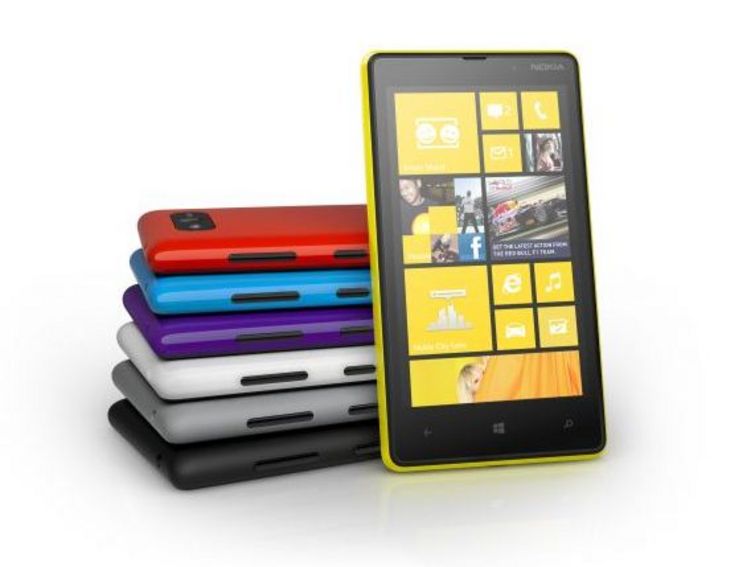 Best Windows Phone apps for 2018
Best Windows Phone apps for 2018Best We list the important Windows Phone apps to help you choose what to download
By Rene Millman Published
-
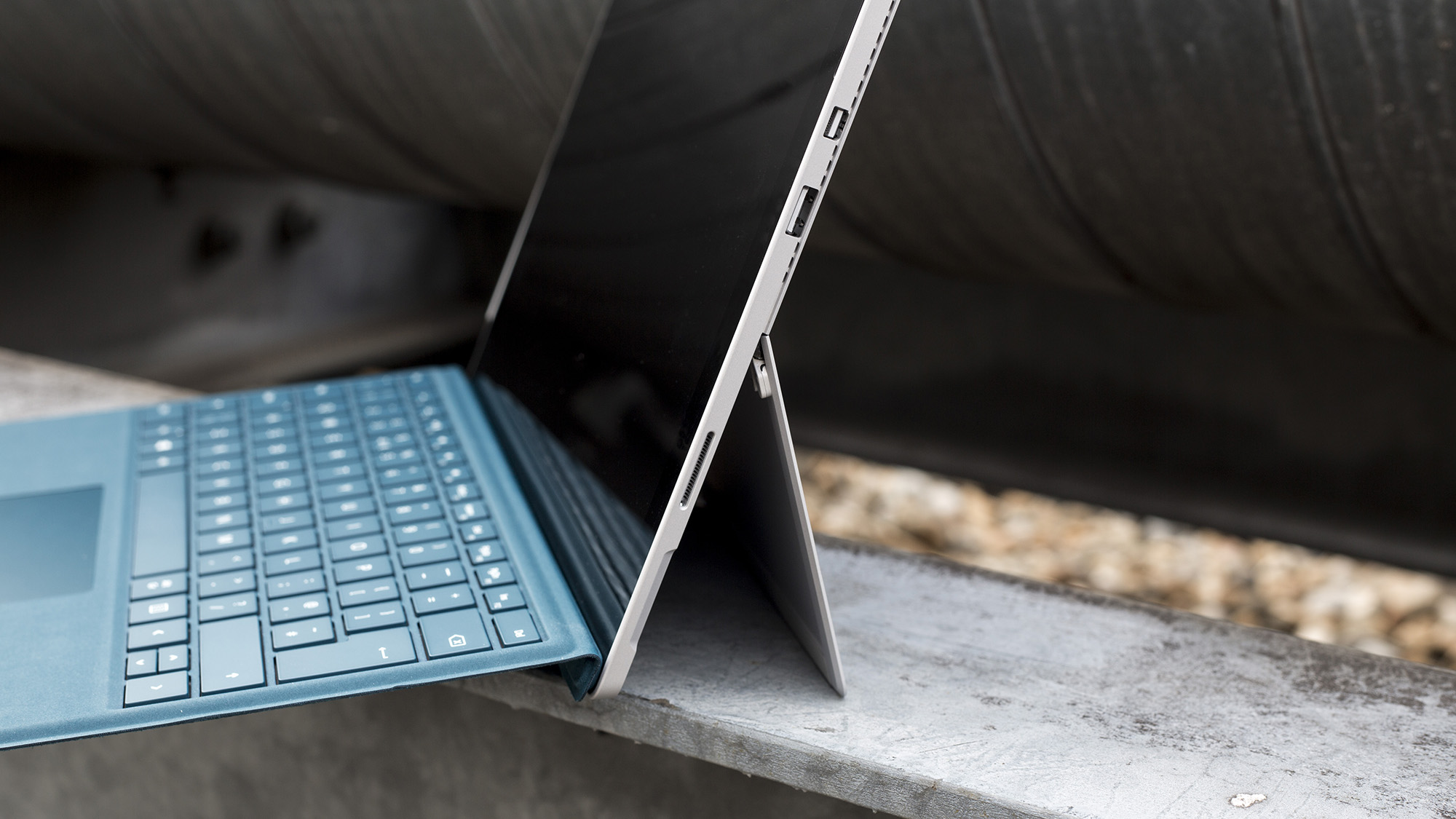 Microsoft Surface Pro 4 review
Microsoft Surface Pro 4 reviewReviews Redmond’s laptop-tablet hybrid edges closer to perfection, but problems remain
By Adam Shepherd Published